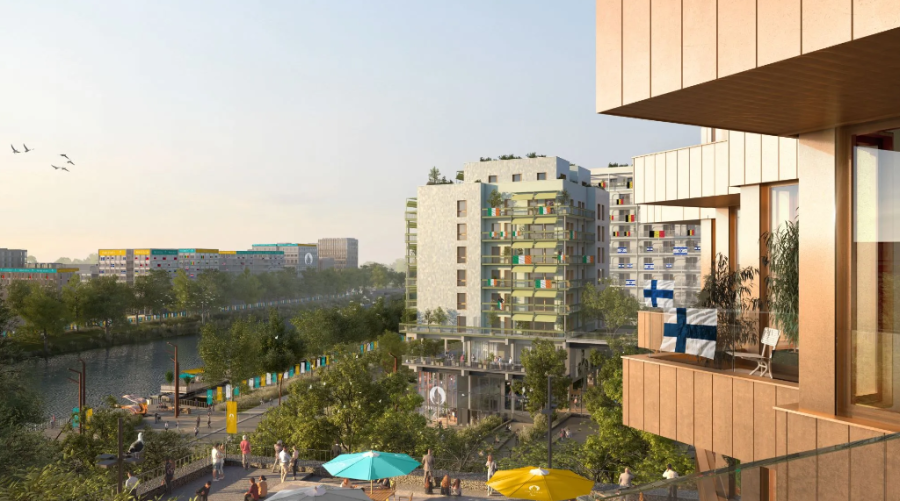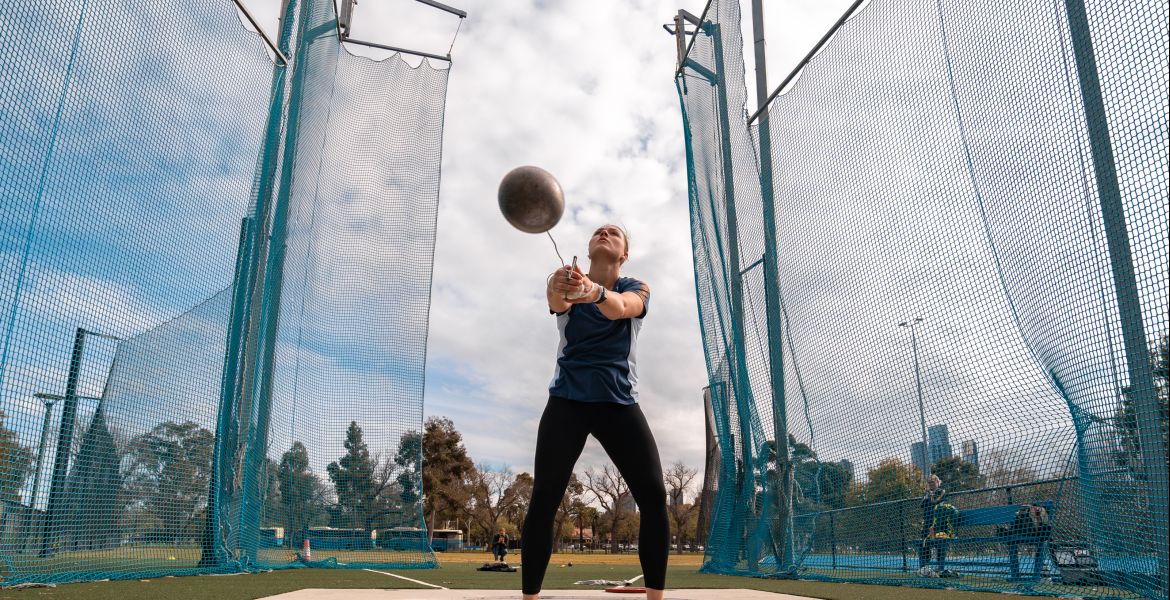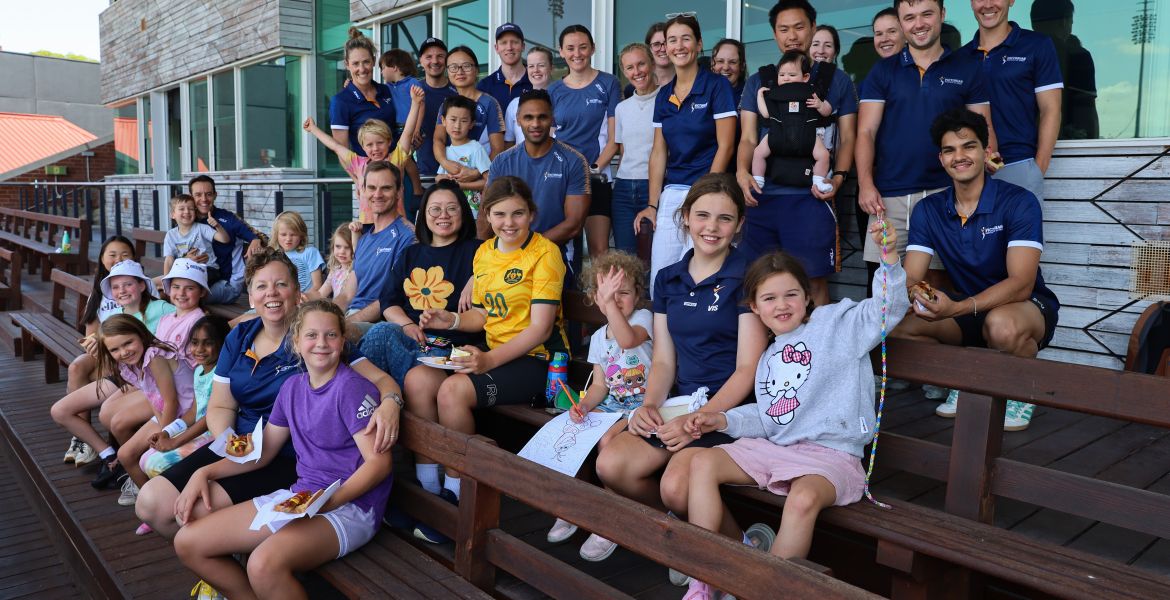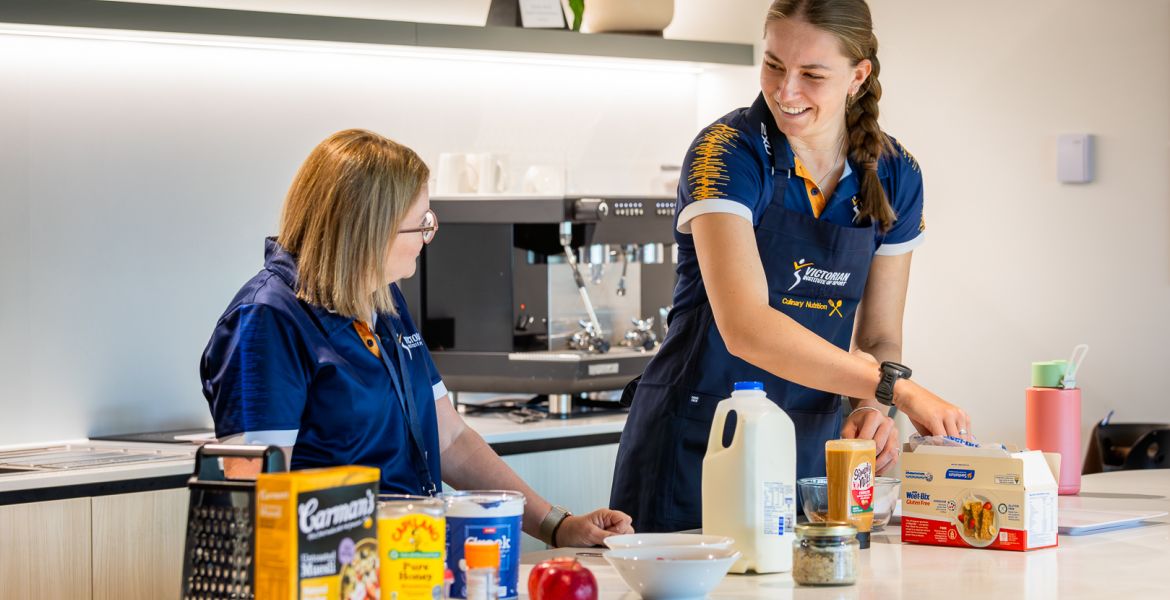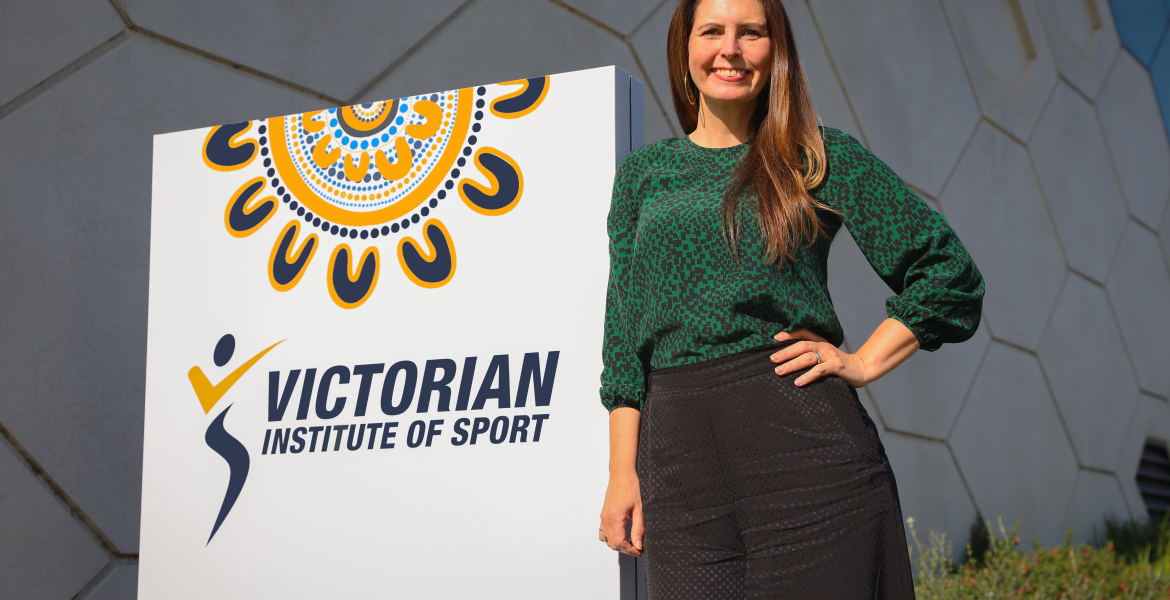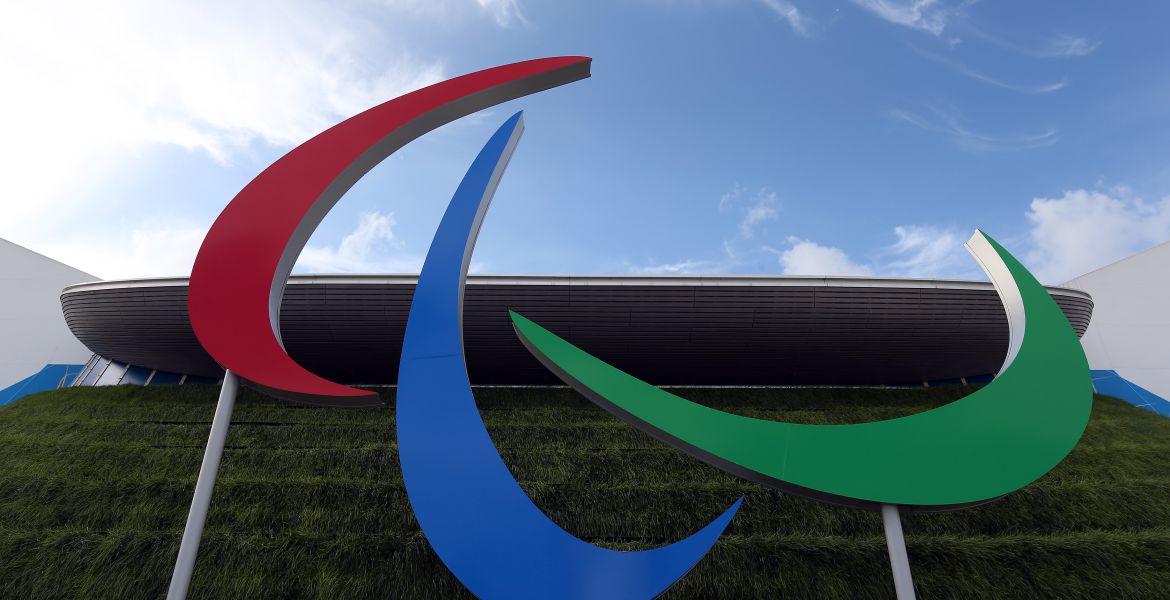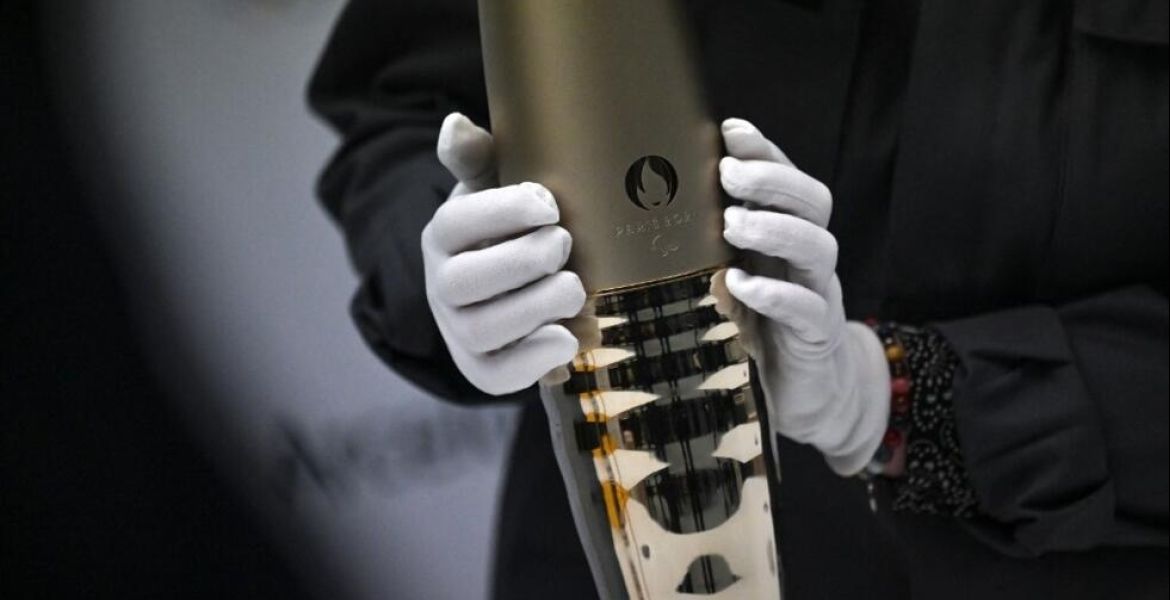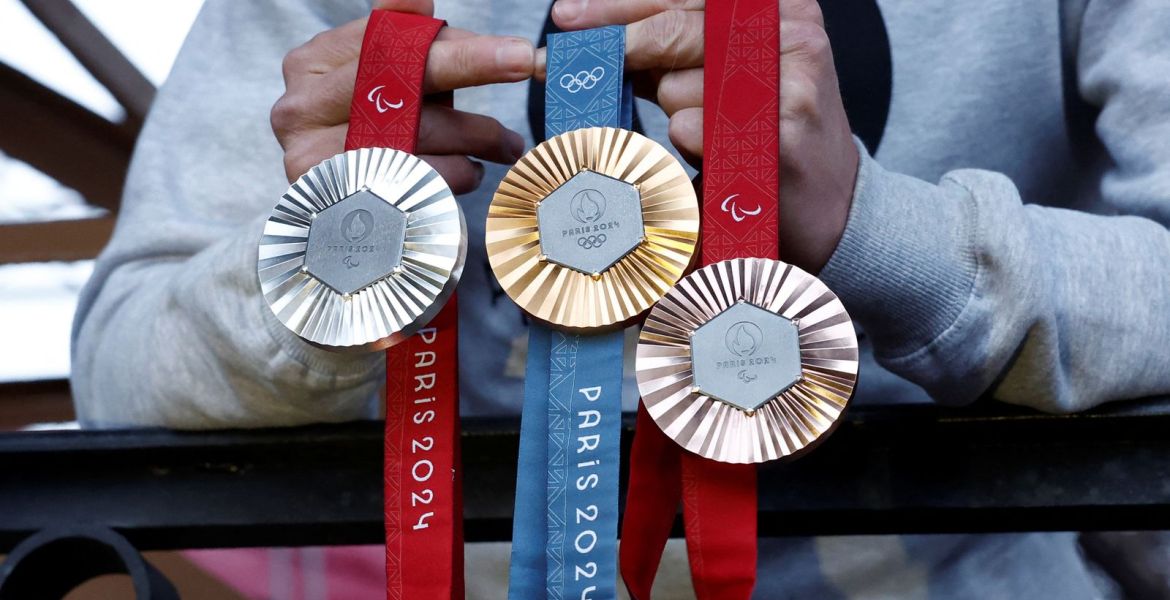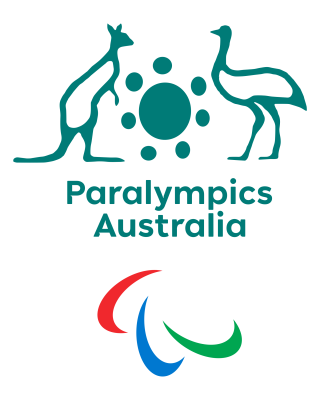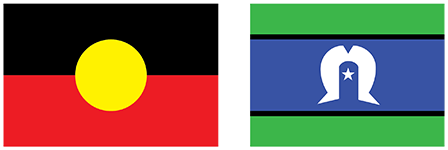The Olympic and Paralympic Games pack the biggest one-two punch in the world of sport.
The lustre of Olympic and Paralympic gold, this year on offer in Paris, will attract approximately 15,000 athletes who will be watched across the weeks of competition by billions of people from every corner of the globe.
205 countries will be represented at the Olympic Games; the flags of 184 will be flown during the Paralympic Games.
To borrow a line from Prince, memorably sung by the late Sinead O’Connor, nothing compares.
Of course, the numbers which equate to gold, silver and bronze – one, two and three – will be hard to ignore. But all sorts of numbers remind us of what an extraordinary coming together the Olympics and Paralympics are.
Take the scale of the villages in which the athletes will reside during competition.
The main athlete restaurant will be open 24 hours a day and seat 3200 diners. It is expected that 40,000 athlete meals will be prepared each day.
In all, there will be 7200 rooms in 3000 apartments in 82 residential buildings, mostly situated in the north of Paris on the banks of the River Seine. Each apartment will have between one and four bedrooms and at the end of a day of competition athletes will be able to stretch out on one of 5535 sofas and wind down before one of 8200 fans or under one of 14,250 blankets.
There will be 14,250 beds in the village sites for the Olympics and 9000 beds for the Paralympic Games.
At the end of Paralympic Games, the apartments, which will be used to house between two and eight athletes, will be handed back to the city of Paris for residential housing.

